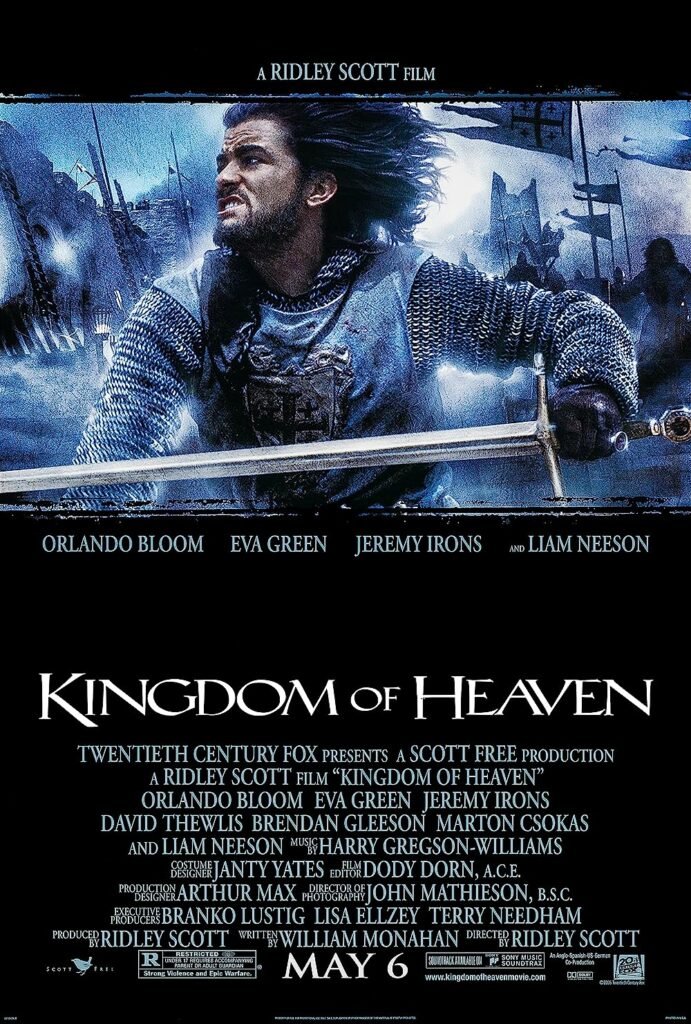Educators understand and apply knowledge of student growth and development
In simpler terms, “educators understand and apply knowledge of student growth and development” means that teachers have an understanding of how students learn and change over time, and they use this understanding to guide their teaching practices effectively. This means that we as educators are aware of the cognitive development of our students and the differing ways in which they learn. We educators recognise that there are many ways of displaying knowledge and allow for the diversity of student learners to display their expressions of learning in the best ways in which they can. It is most beneficial for educators to establish early on in the year where student knowledge is on topic and develop their understanding from there. You cannot expect student competence and understanding of all topics, so it is helpful to create a baseline of understanding to grow from

What does this look like in practice?
Students are encouraged to make connections within lessons through a comparison of modern and personal experiences and media that they may have encountered. In my first practicum, Comparative Culture 12 – History through Film, we made connections to real historical events through the discussion of films, songs and television which recreate the event or similar events. This is an example of a multi-media teaching approach, it was expanded upon with readings and assignments for students to complete in class.
Students also made connections to events and historical artifacts through their own film experiences and those provided in class as well as through other media they have consumed such as books and video games. Dungeons and Dragons, Skyrim and King Arthur’s tales were discussed and compared most in my class.
Below I have attached the film guide, the final assignment as well as a photograph of the film poster for the film in which my class studied. The guide was made to help students develop arguments and make note of specific scenes and lines from the film that would benefit their final assignment which was three paragraphs.
The assignment asks the student to analyze select scenes from the film “The Kingdom of Heaven” through the lens of modern-day ideologies and values. It suggests that despite the historical setting of the Middle Ages, the film reflects contemporary morals and attitudes, including multiculturalism, humanism, secularism, and religious toleration.
The student is instructed to choose three scenes from a list of eight provided clips. For each chosen scene, they are asked to write a paragraph discussing how it questions or presents a modern-day philosophy. The response should be well-structured, supported by evidence from the film (such as lines of dialogue), and draw on any notes the reader took while watching the film.
In summary, the reader is tasked with examining specific scenes from “The Kingdom of Heaven” and analyzing how they relate to modern ideologies and values, presenting their analysis in a coherent multi-paragraph format.

